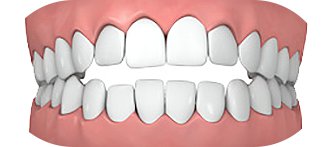
Open bite
Open bite often occurs when some teeth are unable to make physical contact with the opposing teeth for a proper bite. Most often caused by a genetic abnormal jaw structure or excessive thumb-sucking, an open bite can cause poor or painful chewing, and even speech impairment. It can also lead to greater issues like thermo-mandibular joint disorder (TMJ).
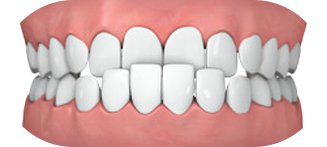
Underbite
Underbite can occur when the lower teeth protrude past the front teeth. It's usually caused by undergrowth of the upper jaw, overgrowth of the lower jaw, or both. It can also be caused by missing upper teeth. This can prevent the normal function of front teeth or molars, which can lead to tooth wear. It can also cause painful jaw and joint problems.
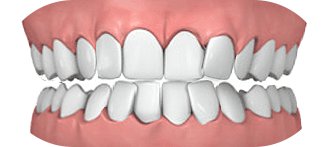
Overly Crowded
Teeth crowding occurs when there is simply a lack of room within your jaw for all of your teeth to fit normally. When left untreated, overly crowded teeth can get worse over time, and result in severely crooked teeth. This crowding can lead to plaque accumulation, tooth decay and an increased chance of gum disease.
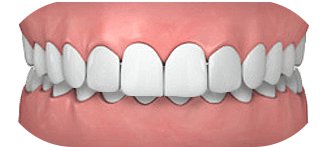
Over bite
What people commonly refer to as an "overbite" is known to dental professionals as "overjet." It occurs when the upper teeth bite over the lower teeth. It's typically caused by genetics, bad oral habits, or overdevelopment of the bone that supports the teeth. This can lead to gum problems or irritation, and/or wear on the lower teeth, and can cause painful jaw and joint problems.
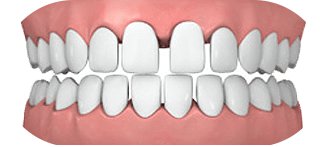
Grapped teeth
Gaps between teeth can occur with abnormal continued growth of the jawbone. Missing teeth can also cause the surrounding teeth to shift due to the extra space, creating gaps in your teeth. Spacing issues and gaps between teeth can lead to gum problems (due to lack of protection by the teeth), periodontal pockets and increased risk of periodontal disease.
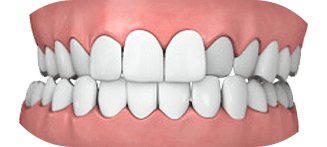
Crossbite
Crossbite can occur when the upper and lower jaws are both misaligned. It causes one or more upper teeth to bite on the inside of the lower teeth, and can happen on both the front and the sides of the mouth. This can cause wear of the teeth, gum disease and bone loss.
Invisalign Braces in New York
Invisalign Treatment Plan
Advantages of Invisalign Braces
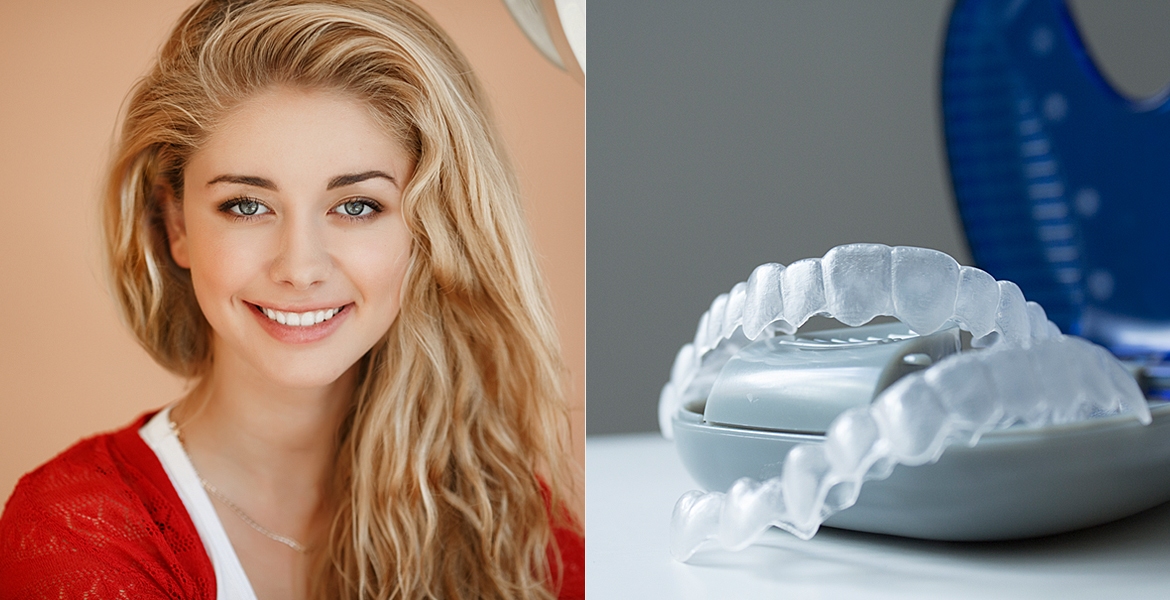
What is the Best Time for Invisalign?
Of course, there are other opportunities to set your teeth right, but be prepared for discomfort, inconvenience, feeling the lack of confidence. All you need is invisalign, which has the most up-to-date approach of treatment, the minimal interference with how you live and what you do. It has a significant positive effect on how you look and feel during the day. We are here happy to help you in our dental clinic located in the West Village near Jefferson Market Garden.
Invisalign is the Best Teeth Straightening System
Invisible dental braces are made exclusively from medical thermoplastic material, which makes them unnoticeable on the teeth. Before implementing such kind of system, you need to go to the dentist, who specializes in this orthodontic sphere. At first, the replica of your teeth is produced on the basis of which a complete set of individual aligners are made. From the beginning of the treatment course the invisible teeth braces are worn for 2 weeks, and then they should be changed with a new modified version or the replacement can be done partly for separate aligners. In this way teeth will gradually level out and your dream of a perfect smile will become a reality.
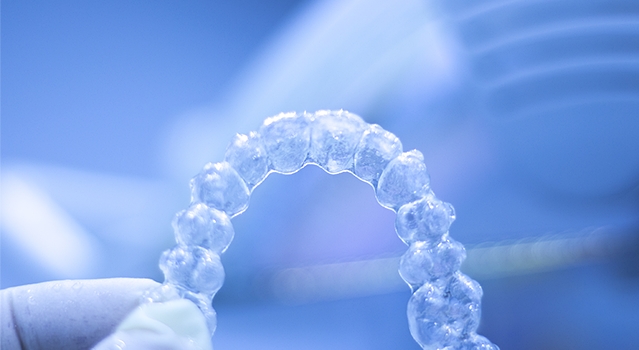
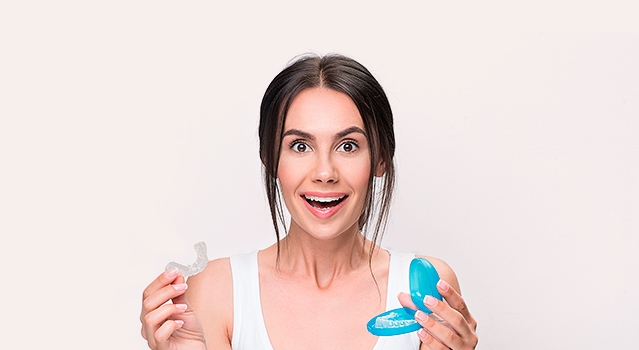
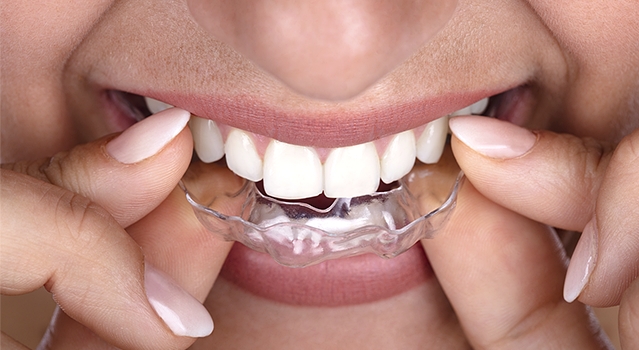
Invisible Braces for Adults
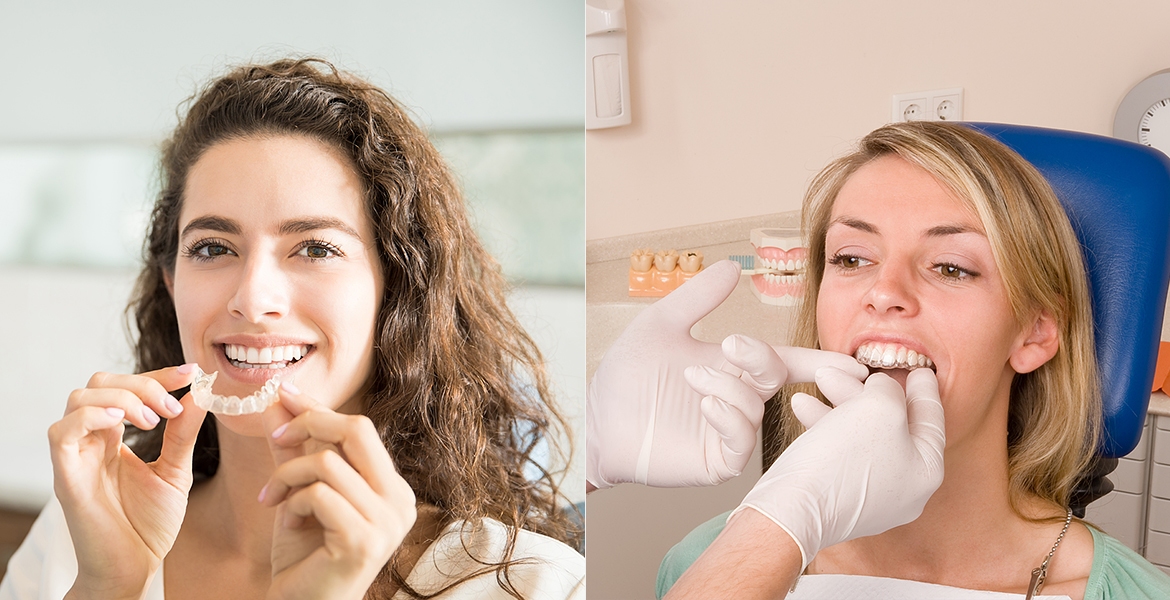
Invisalign Braces Price and Treatment Period
Unfortunately, the Invisalign system does not deal with all types of orthodological problems and dental defects. In this case, the only way out is to install the usual unchanged braces.
The cost of complete Invisalign treatment is individual. This includes any necessary clarifications for the duration of the treatment and, in general, its complexity.
Due to the excellent method of treatment with Invisalign, it is difficult to notice that you are undergoing treatment. Since Invisalign aligners are transparent and invisible, they allow you to enjoy your life! Visit us in Greenwich Village near the restaurant Olio e Piúi!

"I'm usually pressed for time in the mornings, and I appreciate how Invisalign doesn't slow me down. I just pop out the aligners, brush my teeth and pop 'em back in."

The aligners are easily removable, so you can continue to brush and floss your teeth as you normally would. Cleaning your aligners is just as easy with the Invisalign cleaning kit. Or you can simply brush and rinse them in lukewarm water. That's it! Achieving that great smile couldn't be easier!

"I love how I can pretty much eat whatever I want and not have to worry about whether it's going to damage anything during my treatment."

You'll also remove the aligners each time you eat. This means you can continue to eat all the foods you love without any restrictions or worrying about food getting stuck in your wires and brackets. With other teeth-straightening methods, the simple act of eating can often be troublesome.

